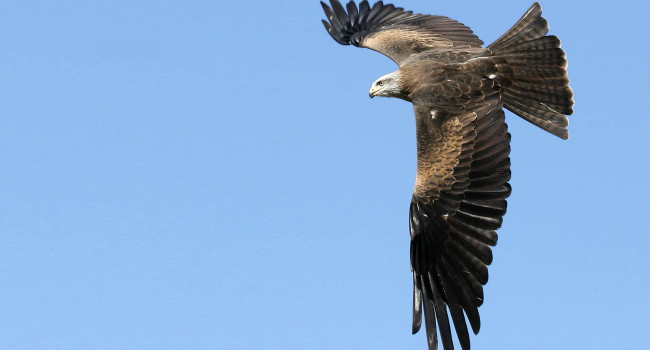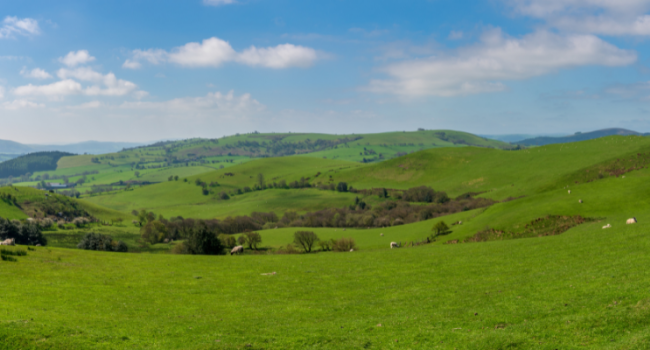Hydrologically driven ecosystem processes determine the distribution and persistence of ecosystem-specialist predators under climate change
Author(s): Carroll, M.J., Heinemeyer, A., Pearce-Higgins, J.W., Dennis, P., West, C., Holden, J., Wallage, Z.E. & Thomas, C.D.
Published: July 2015
Journal: Nature Communications Volume: 6
Article No.: 7851
Digital Identifier No. (DOI): 10.1038/ncomms8851
Abstract
Climate change has the capacity to alter physical and biological ecosystem processes, jeopardizing the survival of associated species. This is a particular concern in cool, wet northern peatlands that could experience warmer, drier conditions. Here we show that climate, ecosystem processes and food chains combine to influence the population performance of species in British blanket bogs. Our peatland process model accurately predicts water-table depth, which predicts abundance of craneflies (keystone invertebrates), which in turn predicts observed abundances and population persistence of three ecosystem-specialist bird species that feed on craneflies during the breeding season. Climate change projections suggest that falling water tables could cause 56–81% declines in cranefly abundance and, hence, 15–51% reductions in the abundances of these birds by 2051–2080. We conclude that physical (precipitation, temperature and topography), biophysical (evapotranspiration and desiccation of invertebrates) and ecological (food chains) processes combine to determine the distributions and survival of ecosystem-specialist predators.
Staff Author(s)







Share this page